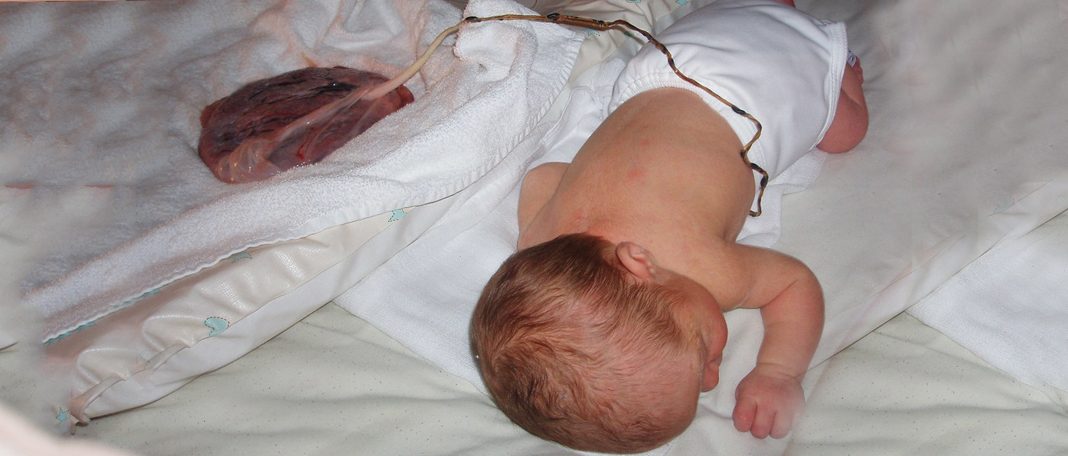Lotus birth is a process in which the umbilical cord is attached to the baby and remains connected to the placenta after delivery. Instead of cutting the cord, it naturally separates from the baby shortly or immediately after birth. This process typically occurs between 5 to 10 days contrast to the conventional practice of cutting the umbilical cord to detach the baby. Are you eager to know what are the pros and cons of a lotus birth? Continue reading to get an idea about lotus birth benefits, working, and its risks.
How Lotus Birth Works?
The umbilical cord and placenta are left attached to a baby after delivery during lotus birth. After birth, a newborn is placed on the mother’s abdomen or chest till the placenta is delivered. Then, it is placed in a blanket or bowl near the infant. The lotus birth process allows the parent and baby to interact together.
Other newborn procedures like cleaning, bathing, weighing, and more occurs following the bonding period. Additionally, the dried placenta will be treated with herbs rewrapped, and placed near the baby. Normally, the cord dries and wanes within ten days.
Lotus Birth Benefits
A lotus birth might be beneficial if you have an immediate birth situation. For example, you would not be able to go to the hospital due to hurricanes or floods. It is possible to reduce the complication risks by keeping the placenta attached to the baby. A few lotus birth benefits are specified below:
- Less injury to the belly button of a baby
- Increase the bond of a newborn with the mother
- Placenta boosts the nutrition and blood of an infant after birth
- Reduce the chance of cord injury
- Supports natural birth
Lotus Birth Risk
The blood flow stops in the placenta once it is out of the womb. It becomes a dead tissue that is susceptible to infection. The baby will also get an infection if this happens. If the baby and placenta are still connected to the umbilical cord, the infection easily reaches him/her. Moreover, cord avulsion is the process of cord removal from the baby’s body accidentally.
The effective way to store the placenta is in the open air or in the bag. Some even put essential oil and herbs in it. Is lotus birth safe? Sometimes never. Lotus birth is also linked to urinary tract infections, inflammation of the liver, heart, and even sepsis.
Considerations
The newborn care for lotus birth is quite different compared to conventional birth. You must keep a few considerations in your mind. A few of these include:
- You need an effective place to carry the placenta.
- The cord will fall off from the baby once the placenta decay or dry out.
- Placenta smells like stagnant blood.
- Few people keep herbs on the placenta to dry out.
- The clothing of the baby needs to have an opening at the center.
- Few individuals rub the placenta with herbs and salt to dry out easily.
Before choosing a lotus birth, you must talk to a doctor for further recommendations. It helps reduce the birth risks and do it safely as possible. You need to see an experienced medical professional if you decide to have a lotus birth.

















